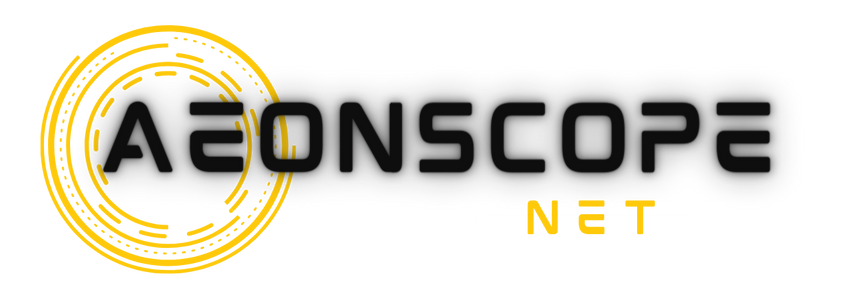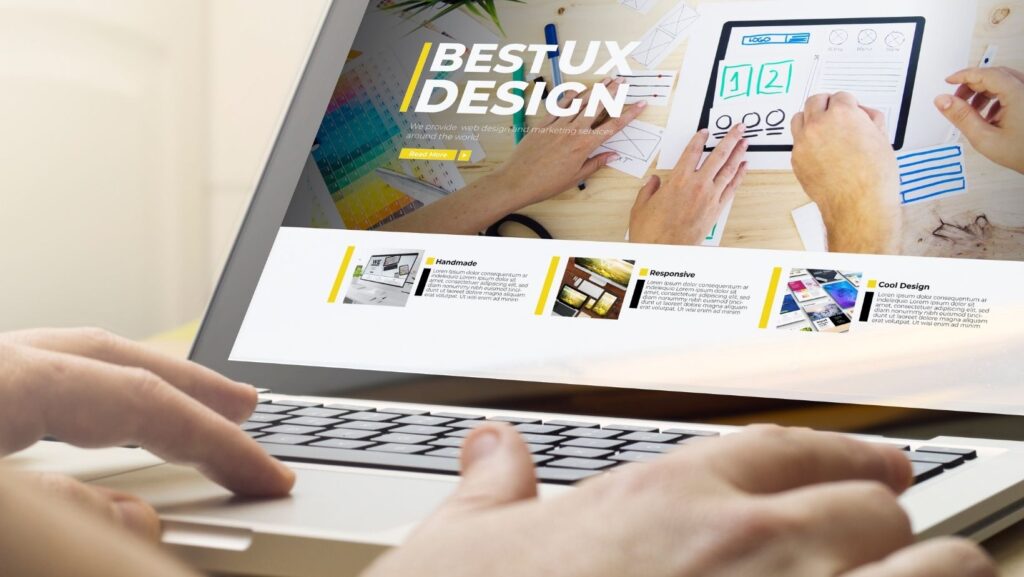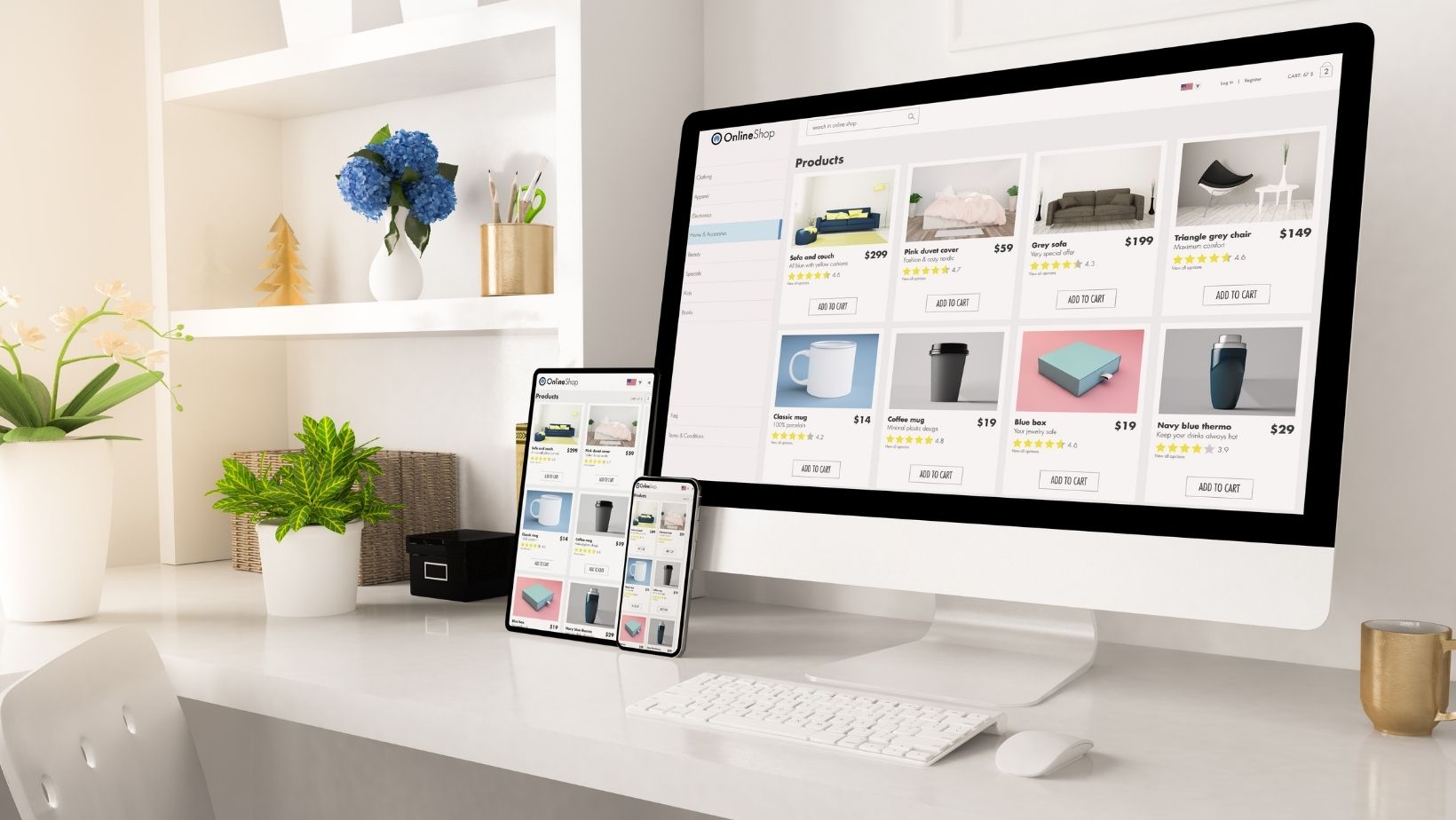There was a time when function alone got you by. When a homepage just had to load, display a logo, maybe toss in a hamburger menu and some corporate jargon, and call it a day. That time has passed. The internet has matured, users have higher standards, and big companies are under a different kind of microscope now. You don’t just need to show up—you need to look like you belong in the room. And that means high-end design isn’t a luxury anymore. It’s the expectation.
The bigger the brand, the greater the pressure to get it right. Customers, clients, stakeholders—they all land on your site and make decisions within seconds about who you are, what you do, and whether you’re worth their time. If your site still looks like it came from the early mobile era or reads like a technical manual, that’s not just a missed opportunity. It’s a liability.
First Impressions Never Wait
When a user lands on your homepage, they’re not scrolling to appreciate your growth trajectory or your industry awards. They’re scanning for signs that you understand how to speak online. Does the typography feel human? Do the visuals line up with your positioning? Does anything about the site make them want to keep reading?
High-end design solves that. Not because it’s trendy or expensive, but because it filters out the friction. It delivers trust in the quietest, clearest way. You don’t need to shout when the design does the listening for you. And when a company with serious resources skimps on design, people notice. They question the priorities behind it. They wonder if that neglect shows up elsewhere too—in service, in security, in communication.
Even the most loyal customer base has its limits. If your digital presence feels dated or clunky, competitors start to look fresher and smarter by comparison. Not because they’ve changed, but because you haven’t.
Enterprise-Scale Means Enterprise-Grade Design
It’s one thing to build a clean site for a startup or a small business. They can afford to take creative risks, speak loosely, experiment. Large companies, on the other hand, have layers—multiple departments, internal stakeholders, legal reviews, and a brand identity that took years to build. High-end design steps in here as a translator, taking complexity and turning it into clarity.
Designing at scale isn’t about doing more. It’s about doing smarter. Pages should lead with purpose. CTAs should land in the right places naturally. Every color, every margin, every interaction should support the brand’s message. And under the hood, things need to be tight. This isn’t the time for duct-taped code or clunky themes. Large companies need back ends that hold up under pressure, whether that means custom CMS builds or enterprise tech stacks running Net or Java integrations seamlessly behind the scenes.
A high-end design partner gets that. They don’t just design what looks good on a Behance case study—they build what works at your scale, for your audience, across every device, globally.
Design Is Strategy Now
Aesthetics used to sit in the passenger seat. Strategy was about numbers, conversions, and whatever funnel some consultant diagrammed on a whiteboard. But as more business moves online and decision-making becomes increasingly visual, design has stepped forward. It now leads the conversation.
Good design supports the story your company wants to tell. Great design tells it before a word is read. It helps unify scattered services, products, and teams under a single visual language. It directs attention and builds hierarchy. It simplifies dense information into intuitive flows. That’s not about making something pretty—it’s about making something functional and effective.
And for companies managing complex web platforms, portals, or apps, the right team can elevate what’s often treated like an afterthought. Yes, people still use your internal tools and your client portals. But if the UX feels like homework, they’ll avoid them whenever possible. The solution isn’t to rebuild everything from scratch. It’s to invest in web app design services that bring the same care and polish to the backend as the marketing site gets on the front.
When strategy and design work together, the result isn’t just better-looking websites. It’s better communication. It’s better product understanding. It’s less friction at every level of engagement.
Brand Trust Starts Online
Most large companies have invested years—decades, even—into building a brand. But what often gets overlooked is how fragile that trust becomes when the website doesn’t back it up. If your public-facing design lags behind your actual standards, it sends a conflicting message. The trust you’ve earned offline has to be upheld online, or the story breaks.
That doesn’t mean every brand needs to jump into microinteractions and custom animations. It just means consistency matters. Tone, spacing, photography, iconography—these aren’t small details. They’re signals. They tell a user whether your company is paying attention. Whether you’ve evolved with the times. Whether you still care.
When done well, high-end design isn’t flashy. It’s comforting. It quietly tells your audience that you’re professional, thoughtful, and dependable. It shows that you value their time and know how to communicate in a modern world.
You Can’t Afford to Look Cheap
There’s a misconception that spending on design is vanity. That you’re just paying for pretty visuals. But ask any major brand who’s replatformed, redesigned, and relaunched with the right team—what they actually paid for was attention. Deep attention to the user, the business, the back-end realities, and the front-end experience.
You’re not buying aesthetics. You’re buying clarity. You’re buying better user journeys. You’re buying faster loading times and cleaner code. You’re buying confidence—internally and externally—that your site reflects who you are today, not who you were ten years ago.
And here’s the truth: users can tell when corners have been cut. They might not know the technical reasons, but they know when a site feels lazy, generic, or confusing. If you’re a major brand, your site needs to feel like it earned its weight. Because if it doesn’t, no amount of PR spin or sales follow-up can fix the first impression it left behind.
Where It All Leads
The best digital experiences for big companies aren’t necessarily the flashiest. They’re the ones that feel grounded, thoughtful, and aligned. That takes work. It takes smart designers, smart engineers, and business teams who understand the stakes. High-end design isn’t about showing off. It’s about showing up—fully, confidently, and without excuse.
The Standard Has Shifted
Users expect more now, and the bar keeps rising. Large companies who want to stay ahead—or even just stay relevant—can’t afford to treat design like an afterthought. It’s not a cost center. It’s a reflection of every decision your brand has made. And if you get it right, it quietly opens every door you’re aiming for.



More Stories
Why Every Modern Workshop Needs an Industrial Laser Welder
Video Game Aeonscope: Dive into an Epic Adventure
AeonScope: Discover the Future of Web Solutions